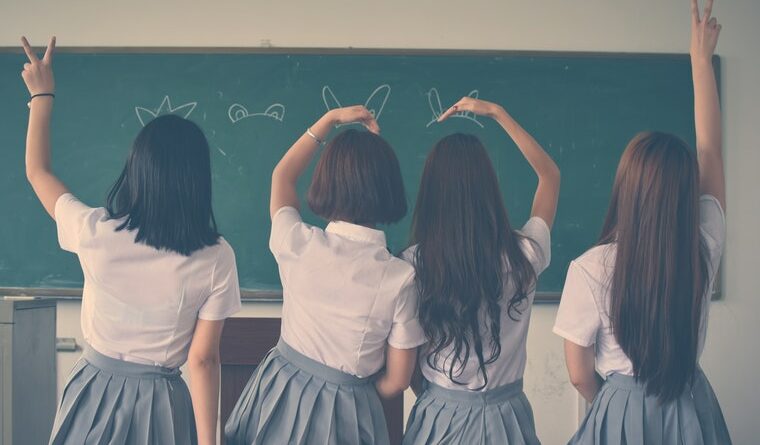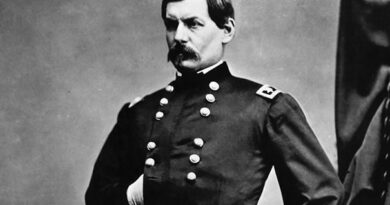Reasons Why Students Should Wear School Uniforms
The use of school uniforms has for long been a reserve for private schools in the United States (US), however in recent years the trend has changed and more schools and communities are accepting and adopting a mandatory uniform policy for their children. Baltimore’s Cherry Hill Elementary was perhaps the first public school to implement the policy on school uniforms in 1987 (Anonymous, 2012). This trend was later furthered by initiatives such as those put forth by California’s Long Beach Unified School District and the Philadelphia Board of Education in 1994 and 2000 respectively (Anonymous, 2012). The initiatives instituted a mandatory policy on the use of school uniforms. These initiatives were greatly boosted in President Bill Clinton’s support for public school uniform policies after his entry into office. The adoption of this policy has been praised by many, and some research efforts have shown that it indeed has a positive effect on student performance, culturing of discipline and enhancement of general security within the institutions of learning.
Parents, students and educators have cited various reasons in favour of the mandatory uniform policy. These result from the negative implications that random dress codes have portrayed. Firstly, random dressing brings about inappropriate coverage in cases such as the use of midriff tops, strapless, halter and short skirts. The inappropriate nature is aggravated by the liberal use of insignia such as slogans for alcohol, cigarettes and vulgar language. The insignia at times may represent objectionable affiliations to gangs and cliques, which have a negative social impact on the students and overall learning. Apart from issues related to security and inappropriateness of the dress code, uniforms help alleviate excessive expenditure resulting from peer influence and fashion trends, which are very influential in school-aged children (Anonymous, 2012). The pressures of fashion trends and peers, which could lead to excessive expenditure, could be averted with the use of uniforms, especially in New York that is mainly metropolitan in nature and these forces are highly influential. The use of school uniforms fosters group identity and membership, and thus building a community spirit. This prevents formation of cliques that could at times become gangs of bad influence. This element helps foster a sense of peace and unity among the school’s population and thus reducing cases of indiscipline or violence (Huss, 2007). The fact that uniforms are similar may prevent theft of apparel items within the institution. The fact that students can be easily identified because of their common dress code prevents any possibility of school intrusion by non-students that may wish to commit crimes such as drug peddling and other forms of crime (Anonymous, 2012). Additionally, students out on field trips may be easily accounted for because it will be easier to identify them from a distance. Finally, the use of school uniforms helps students in coming to a realization that any person’s personality, gifts and traits are deeper and cannot be diminished by uniforms. According to Huss (2007), interviewed teachers believed that the implementation of the uniform policy brought about positive changes in discipline, performance and many other areas.
In spite of the cited merits on mandatory school uniform policies, the institutionalization of this policy is still encountering great opposition. The most common causes of opposition include the claim that these policies limit the rights of self expression as enshrined in the First Amendment, and they are thus viewed as being against the constitutional rights of the First Amendment (USA Today, 2007). The second cause of opposition is the claim that the implementation of these policies interferes with the parents’ rights to raise their children as they wish. This opposition was witnessed in Long v. Bd. of Education of Jefferson County, Kentucky, 121 F. Supp. 2d. 621. The third least observed cause of opposition, but still evident is the religious based cause in which opponents claim that their religious rights are being infringed upon (First Amendment Center, 2012). For example, in Chalifoux vs. New Caney Independent School District 976 F. Supp. 659 (1997), New Caney Independent School was sued by its two students who claimed that the school was infringing on their religious rights by making an outright restriction on their wearing of rosaries-which is part of religious paraphernalia. The court ruled in favour of the plaintiffs, but it is clear that the dispute was not specifically in relation to uniforms, but rather religious accessories akin to jewellery. In a similar case, Oleson v. Bd. of Education of Sch. Dist., No. 228, 676 F. Supp. 820 (N.D. Ill. 1987), the student sued the school for prohibiting from wearing earrings because of the likelihood that it represented gang affiliation (First Amendment Center, 2012). In contrast the court ruled in favor of the school claiming that the restriction by the school did not violate the student’s first amendment rights, but rather was against an expression which was of his own ‘individuality’ rather than self expression-and this is not protected under the provisions of the First Amendment. In a closer review, it can be proven that indeed there are very few cases in which a dress code may violate religious beliefs, especially if the uniform code is well chosen. As seen from the cases above most suits and disputes do not even centre on clothes, which are the basic uniform elements, but rather other adornments of less significance.
In conclusion, the implementation of a mandatory uniform policy for New York schools can be very positive on various aspects such as the elimination of cliques and gangs as well as the fostering of unity in the students’ community. Additionally, the policy enhances easy detection of intruders and prevents crimes that are encouraged when students are not in uniform. However, from the already observed contentions depicted by various suits it emerges that the implementation of such a policy is not easy and both teachers and parents have to work together in reaching all inclusive decisions that will be less subject to challenges such as those observed.
References
Anonymous (2012). Background: Public School Uniforms, retrieved on 7th July 2012
Chalifoux vs. New Caney Independent School District 976 F. Supp. 659 (1997) Huss, A. J. (2007) .The role of school uniforms in creating an academically motivating climate: Do uniforms influence teacher expectations? Journal of Ethnographic and Qualitative Research, 1 (1), p. 31-39
First Amendment Center (2012). What are the constitutional objections to mandatory dress codes and uniform policies? Retrieved on 7th July 2012 from http://www.firstamendmentschools.org/freedoms/faq.aspx?id=13001
Long v. Bd. of Education of Jefferson County, Kentucky, 121 F. Supp. 2d 621 (2001)
Oleson v. Bd. of Education of Sch. Dist., No. 228, 676 F. Supp. 820 (N.D. Ill. 1987)
USA Today (2007). Ironing out policies in school uniforms, retrieved on 7th July 2012 from http://www.usatoday.com/news/education/2007-08-05-uniforms-protest_N.htm




